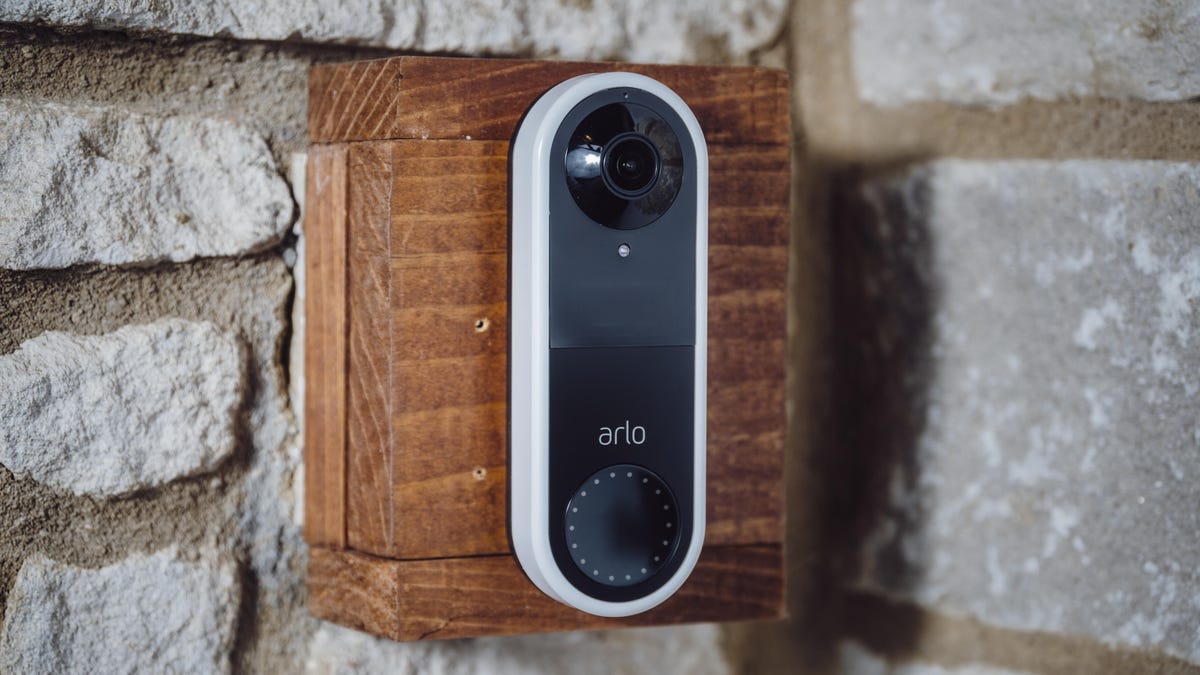Two weeks after detailing why the Seattle economy could face ongoing troubles because of layoffs at tech giants Microsoft and Amazon, The Wall Street Journal is back this week with a look at why heading east might be the more attractive option for tech companies and their workers.
“Tech Companies Can’t Get Enough of This Picturesque Seattle Suburb,” WSJ headlined a mostly glowing piece about Bellevue’s cleaner streets, better schools, lower crime rate, and rise in new office space that’s luring companies such as TikTok, OpenAI, Snowflake and others.
Peter Steinbrueck, a former member of the Seattle City Council, told the WSJ that Seattle’s glory days of economic expansion have ended and “the pendulum has swung to the Eastside.”
The Bellevue Chamber of Commerce didn’t miss its chance to promote the article in an emailed newsletter this week: “The Wall Street Journal has its sights set on Bellevue, and we don’t blame them one bit,” the Chamber wrote. “Our little chunk of techy paradise, it seems as though the rest of the nation is finally catching on to what we all already know: Bellevue frickin’ rocks.”
Well, frick. It’s the latest iron in the Seattle-vs.-Bellevue fire that’s been stoked in recent years by a battle over whether tech workers are better suited working on the east or west side of Lake Washington.

“You can look out the window of our building and see the mountains,” said Warrick Taylor, a Snowflake vice president based in California, who is perhaps unaware that those same views exist in Seattle.
Snowflake moved more than 700 employees into new office space in Bellevue’s Spring District in June.
“Like the airlines say, ‘We know you could have chosen another city, we’re glad you chose us,’” Bellevue Mayor Lynn Robinson said while helping to cut the ribbon at Snowflake.
The mostly friendly beef between the two municipalities has been going on for decades, and up until about seven years ago, it was largely lopsided in Seattle’s favor. The Emerald City is where young tech workers needed to be, not just for the jobs and innovation but for the culture.
But in 2018, a rift opened up between Amazon and elected officials in Seattle when the City Council sought to impose a $275-per-employee “head tax” on the tech giant. Since then, Amazon has quickly grown in downtown Bellevue, with new buildings holding 14,000 of a planned 25,000 workers in the city.
While Amazon is promoting a more regional footprint for its headquarters, Seattle Mayor Bruce Harrell made it clear last month that he thinks Seattle still holds the edge over Bellevue, citing his city’s diversity, arts, music, restaurants, and innovative history. He touted Seattle’s new waterfront AI House, saying that Bellevue didn’t have the idea for the startup hub, Seattle did.
But as Seattle’s downtown core has struggled to bounce back from the pandemic, with high office vacancy rates and some major retailers exiting, some in Bellevue see an opening.
“Clean and safe is everything and Seattle is not that,” said Steve Luthman, global head of real estate at Hines, a developer and manager in Bellevue, in the WSJ report.












